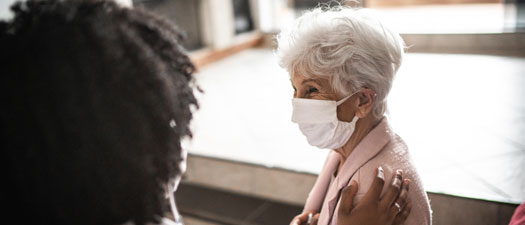Shoulder surgery
——
The shoulder is the most moveable joint in the body, and that means it can easily be injured. If you have a shoulder problem, we can help.
Shoulder pain can be caused by many things — aging, an injury, a disease or disorder, and overuse or underuse. If you have shoulder pain or a shoulder problem of any kind, our surgeons can help.
We’ll work with you to identify the source of the problem. Then we’ll develop a treatment plan focused on helping you return to an active, pain-free life.
Our services
We do a wide range of procedures to treat shoulder conditions, including:
- Arthroscopy (a minimally invasive procedure to diagnose and treat joint problems)
- Complete and partial shoulder replacement
- Repairs of complex breaks
- Reverse shoulder arthroplasty (a type of shoulder replacement)
- Rotator cuff surgery
- Shoulder separation
Conditions we treat
-
OR
-
OR
-
OR
-
OR
-
OR
-
OR
-
OR
-
OR
-
OR
-
OR
-
OR
-
OR
-
OR
-
OR
Helpful resources
——

Health and wellness
Looking for ways to feel your best? Check out our wellness library and community events.


